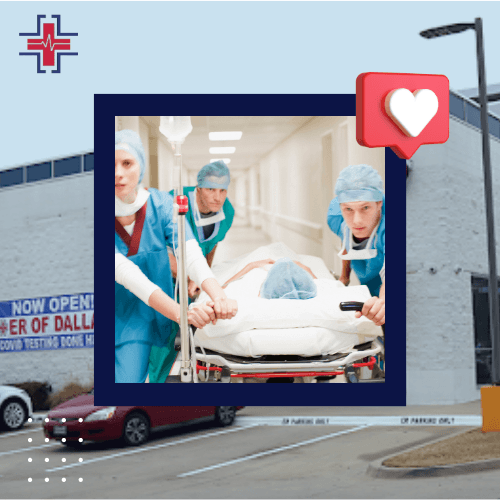
Introduction
When an unexpected illness or injury strikes, finding the right medical care quickly is essential. Many people rely on urgent care hours to access treatment when their primary doctor is unavailable. Understanding how urgent care operates, its schedule, and when to visit can save valuable time and provide much-needed relief.
What Are Urgent Care Centers?
Urgent care centers provide medical attention for non-life-threatening conditions when primary care offices are closed. These facilities offer quick access to treatments for minor illnesses, injuries, and other medical concerns that don’t require emergency room visits.
Common Conditions Treated at Urgent Care
- Cold and flu symptoms
- Minor cuts and burns
- Sprains and fractures
- Allergic reactions
- Ear and eye infections
- Skin rashes
Understanding Urgent Care Hours
1. Typical Operating Hours
Most urgent care centers operate on extended hours compared to regular clinics. They are usually open:
- Weekdays: 8 AM – 8 PM
- Weekends: 9 AM – 6 PM
- Holidays: Some centers remain open but with reduced hours
2. 24-Hour Urgent Care Centers
Some facilities offer 24/7 urgent care services, ensuring patients receive medical attention anytime.
3. Peak Hours and Best Times to Visit
Visiting urgent care at the right time can help minimize wait times:
- Best Times: Early mornings or mid-afternoons
- Peak Hours: Evenings and weekends
Urgent Care vs. Emergency Rooms
Understanding the difference between urgent care and emergency rooms ensures you receive appropriate care:
| Urgent Care | Emergency Room |
|---|---|
| Treats minor conditions | Handles life-threatening emergencies |
| Shorter wait times | Longer wait times due to severity |
| Lower costs | Higher costs |
Benefits of Urgent Care Centers
- Convenience: Open after regular doctor hours
- Affordable: Lower fees than emergency rooms
- Quick Service: Faster treatment for non-severe cases
- Walk-In Availability: No appointments needed
When to Visit an Urgent Care Center
Consider urgent care for:
- Mild to moderate illnesses
- Minor injuries (cuts, burns, strains)
- Non-severe infections (ear, eye, sinus, or urinary tract infections)
- Mild asthma symptoms
When to Go to the Emergency Room
Head to an ER immediately for:
- Chest pain or difficulty breathing
- Severe injuries or deep wounds
- Uncontrolled bleeding
- Sudden confusion or stroke symptoms
- Severe allergic reactions
How to Find an Urgent Care Near You
- Use online directories or maps
- Check your insurance provider’s list of covered urgent care facilities
- Call ahead to confirm availability and wait times
What to Bring to an Urgent Care Visit
- Identification: Driver’s license or ID
- Insurance Card: For coverage verification
- List of Medications: To avoid prescription conflicts
- Medical History: Past diagnoses and treatments
How ER of Dallas Provides 24/7 Urgent Care
ER of Dallas offers 24/7 urgent care services, ensuring patients receive high-quality medical attention anytime they need it. Our experienced staff and state-of-the-art facilities provide efficient and compassionate care for non-life-threatening conditions.
FAQs
1. What is the best time to visit urgent care?
Early mornings and mid-afternoons typically have shorter wait times.
2. Are urgent care centers open on holidays?
Many urgent care centers are open on holidays, though hours may be reduced.
3. Can urgent care treat fractures?
Yes, urgent care centers can treat minor fractures and sprains.
4. Do I need an appointment for urgent care?
Most urgent care centers accept walk-in patients without prior appointments.
5. How do I know if I need urgent care or an emergency room?
If your condition is not life-threatening but needs prompt attention, urgent care is a better option. For severe symptoms like chest pain, visit an ER.